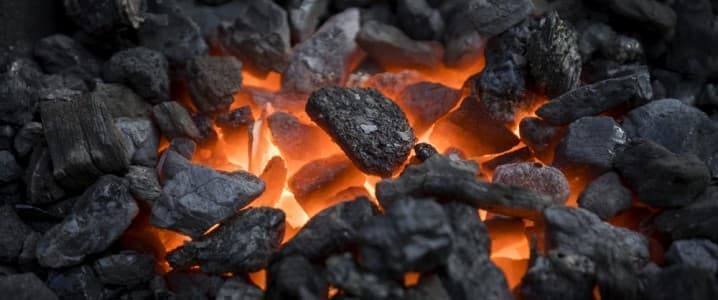By Haley Zaremba – Dec 14, 2024, 4:00 PM CST
- Coal ash, a byproduct of burning coal, contains high concentrations of rare earth elements crucial for clean energy technologies.
- The US has vast reserves of coal ash that could provide a domestic source of rare earth elements, reducing reliance on China.
- Extracting rare earth elements from coal ash presents both environmental challenges and opportunities for the clean energy transition and national security.

Coal ash is currently a hot topic in United States politics. Just yesterday, the Supreme Court ruled to allow the Biden administration to move forward with a plan to address toxic coal ash, in the latest update in a drawn-out legal battle over monitoring and remediation of the toxic substance. But while coal ash is a noted hazard to public health and the environment, it could also be a key new resource for the clean energy transition.
Millions of tons of coal ash, a byproduct of burning the world’s dirtiest fossil fuel, are currently sitting in ponds and landfills across the United States. The U.S. alone produces around 110 million tons of it each and every year, and then stores it in basins known as ponds. These ponds are vulnerable to leaks and spills, with catastrophic consequences for the communities that house them.
“Coal ash contains significant concentrations of chemicals like arsenic, boron, lead, selenium and mercury, each of which poses serious dangers to human health and the environment,” a group of environmentalists stated in a brief for the aforementioned Supreme Court case. “Among other things, exposure increases rates of skin, liver, bladder and lung cancer as well as risks of neurological, psychiatric and cardiovascular harm.”
But one man’s neurological, psychiatric and cardiovascular poison is another man’s treasure, apparently. The high concentrations of metals found in coal ash, while dangerous for human and planetary health if left to leach into groundwater and blow into the air, could be critical for the renewable revolution.
Scientists at the University of Texas at Austin recently analyzed coal ash collected from power plants across the country and found that the country’s coal ash reserves could contain up to 11 million tons of rare earth elements. That’s nearly eight times the amount of rare earths that the United States already has in reserve, and could be worth approximately $8.4 billion.
“Even though the level of rare earth elements in coal ash is relatively low when compared with those mined from geological deposits, the fact that the ash is readily available in large quantities makes it an attractive resource,” Texas Geosciences reports. The paper’s co-author Davin Bagdonas, a research scientist at the University of Wyoming, adds: “There’s huge volumes of this stuff all over the country,” Bagdonas said. “And the upfront process of extracting the (mineral host) is already taken care of for us.”
Tapping into this resource could have major implications for the domestic clean energy revolution, and even for U.S. national security. Currently, the world relies on China for about 75% of its rare earth minerals, as Beijing has a veritable chokehold on supply chains and refining capacities. This is already shaping up to be a major geopolitical issue.
Just last week, China announced a ban on the export of certain rare earth minerals to the United States. The decision came as the latest development in an escalating tech trade was between the world’s two largest economies, and was announced just one day after the Biden administration placed increasing limitations on Beijing’s access to advanced U.S. technologies. “This is just the first step and a warning to the incoming administration in Washington,” says Zhiqun Zhu, a political scientist at Bucknell University in Pennsylvania.
This rare-earth trade war is certain to escalate under Trump’s upcoming second presidential term, which promises to usher in a new era of competing tariffs and geopolitical posturing between Washington and Beijing. “China’s quest for a larger share of critical minerals is significant because it is expected to use them as retaliatory tools against the U.S. if Washington decides to dramatically increase tariffs on Chinese goods, as President-elect Donald Trump has said he would do,” Voice of America reported this week.
In light of this geopolitical minefield, the discovery of a veritable treasure trove of easily extractable rare earths here on U.S. soil couldn’t have come at a better time.
By Haley Zaremba for Oilprice.com
More Top Reads From Oilprice.com
- Enhanced Geothermal: A Game Changer for Renewable Energy
- Will Assad’s Downfall Trigger a Russian Withdrawal from Syria?
- Europe’s Wind Power Boom Faces New Challenges
![]()
Haley Zaremba
Haley Zaremba is a writer and journalist based in Mexico City. She has extensive experience writing and editing environmental features, travel pieces, local news in the…



